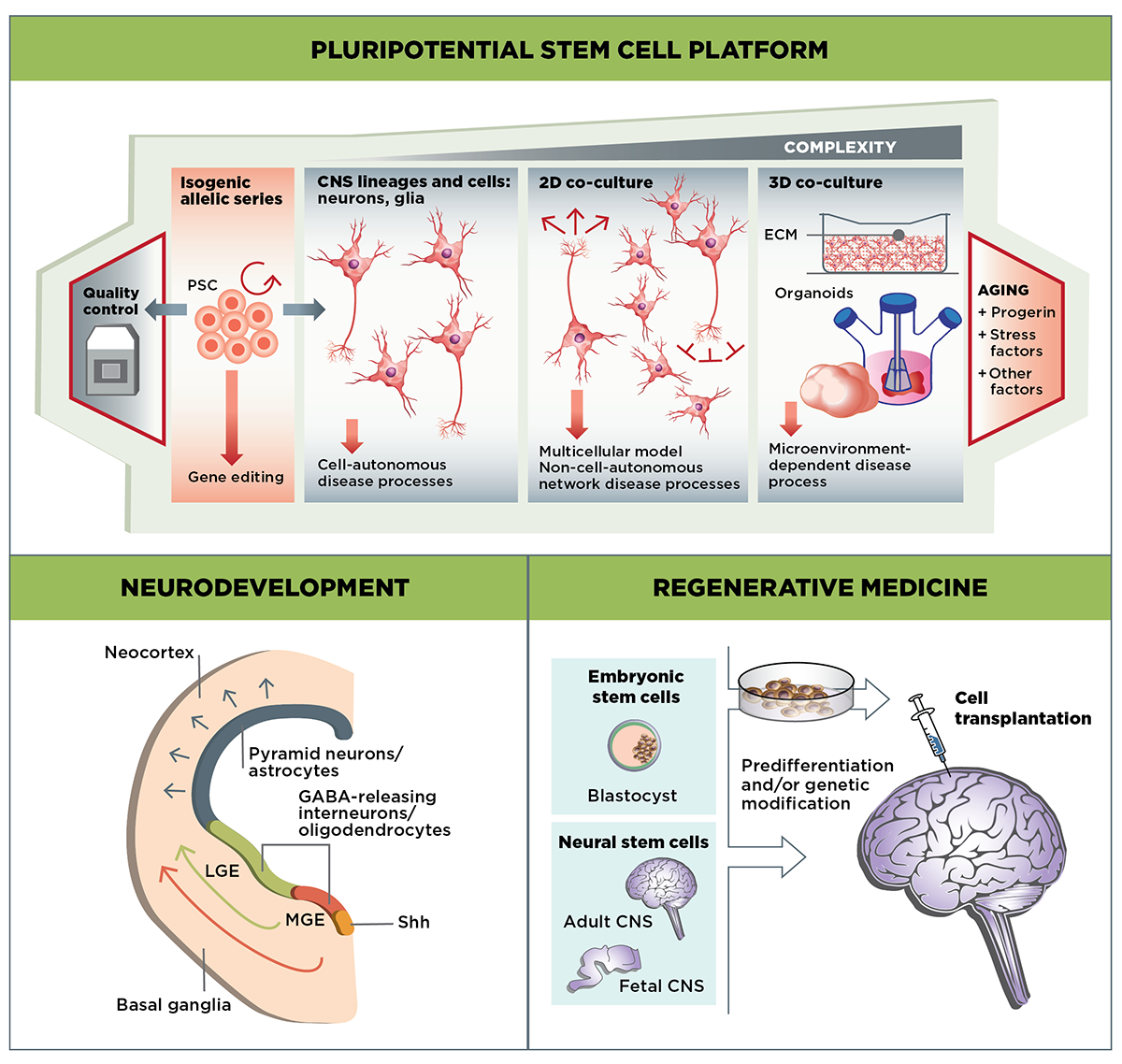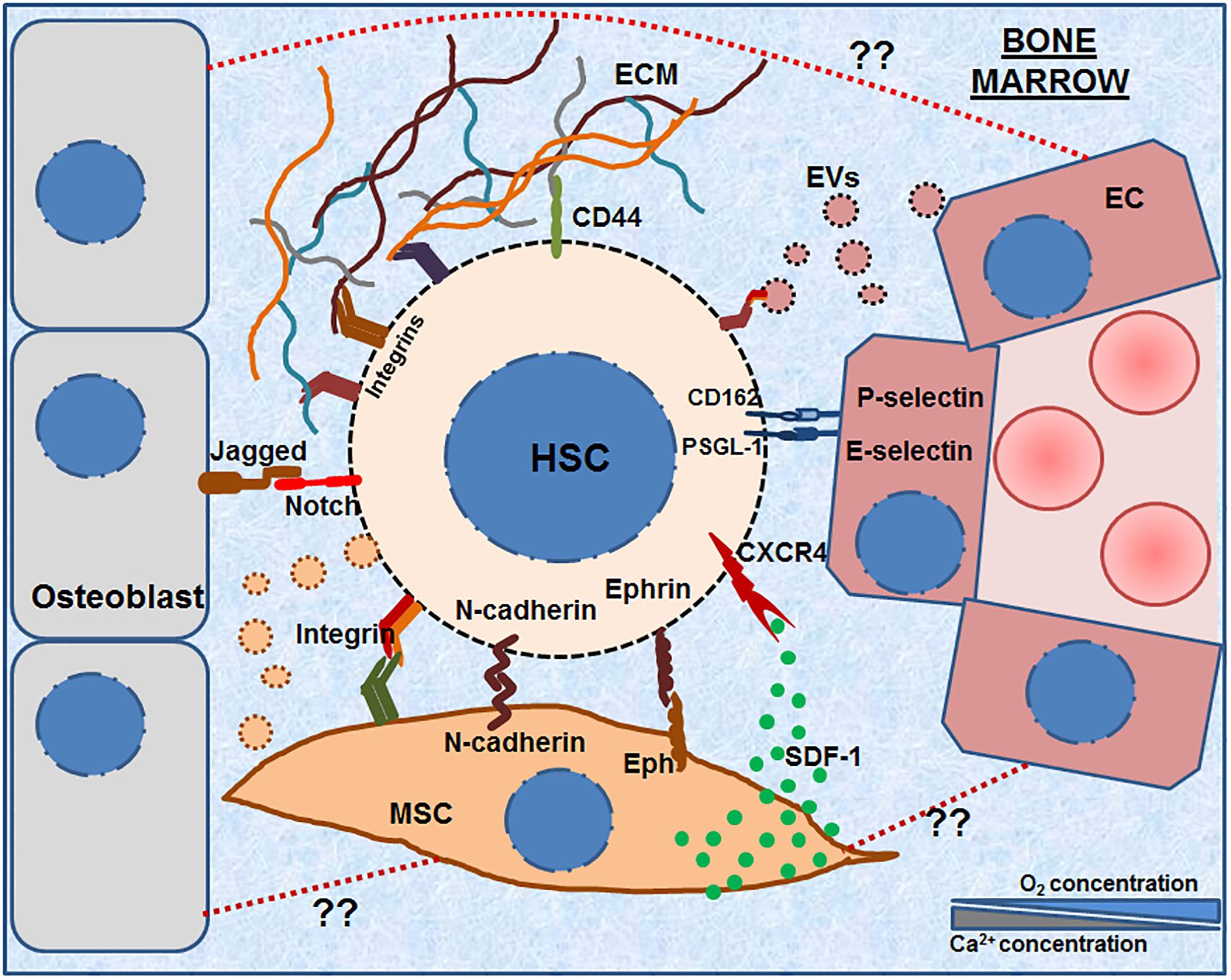Investing in stem cell companies is a unique opportunity to be at the forefront of medical breakthroughs and revolutionize healthcare. Stem cells have the potential to treat a wide range of diseases and conditions, making them an exciting area for investors.
In this article, we will explore the top stem cell companies on NASDAQ, delve into the world of stem cell therapy and banking, highlight notable companies in the field, discuss factors to consider when investing, and provide tips for successful investing.
So let’s dive into this fascinating world and explore the immense possibilities that lie ahead!
Stem Cell Stocks: 10 Biggest NASDAQ Companies in 2023
In 2023, the stem cell industry is dominated by these top 10 NASDAQ-listed companies:
- Company A: Leading the market with innovative therapies for diseases and conditions.
- Company B: Known for cutting-edge technologies and strategic collaborations.
- Company C: Focused on targeted medical solutions to address unmet needs.
- Company D: Pioneering regenerative medicine with promising treatments.
- Company E: Offering personalized stem cell therapies through genetic profiling.
- Company F: Advancing understanding of tissue regeneration mechanisms.
- Company G: Revolutionizing regenerative medicine with induced pluripotent stem cells (iPSCs).
- Company H: Harnessing mesenchymal stem cells (MSCs) for degenerative diseases and tissue repair.
- Company I: Driving innovation through research and development collaborations.
- Company J: Ensuring scalability and commercial viability of stem cell therapies.
These companies are at the forefront of the industry, shaping its future with groundbreaking research, advanced technologies, and a commitment to improving healthcare through stem cell treatments.
What are Stem Cells?
Stem cells are undifferentiated cells with the incredible ability to develop into specialized cell types within the body. There are different types of stem cells, including embryonic stem cells, adult stem cells, induced pluripotent stem cells (iPSCs), and tissue-specific stem cells.
Embryonic stem cells are pluripotent and can differentiate into any cell type. Adult stem cells maintain and repair specific tissues or organs. iPSCs are artificially created and have properties similar to embryonic stem cells. Tissue-specific stem cells reside in specific organs or tissues.
Understanding these classifications allows researchers to explore their potential in regenerative medicine and personalized treatments, offering promising possibilities for improving healthcare outcomes.
What is Stem Cell Therapy?
Stem cell therapy utilizes the regenerative potential of undifferentiated cells to treat degenerative diseases, injuries, and genetic disorders. By introducing healthy or modified stem cells into damaged tissues, this innovative approach aims to stimulate repair and regeneration.
It has shown promising results in treating conditions like Parkinson’s disease, burns, spinal cord injuries, and genetic disorders. Stem cell therapy spans various medical fields and continues to advance our understanding of its transformative potential in medicine.
What is Stem Cell Banking?
Stem cell banking allows individuals to store their own stem cells for future therapeutic use or research purposes. Stem cells have the remarkable ability to differentiate into various specialized cell types in the body.
By collecting and cryopreserving these valuable cells, individuals can secure a biological insurance policy against potential medical conditions or advancements in regenerative medicine. Stem cell banks utilize advanced techniques and strict quality standards to ensure the viability of stored stem cells.
These cells offer potential benefits in treating diseases, advancing regenerative medicine, and personalized medicine in the future. Stem cell banking is an innovative practice that contributes to the advancement of medical science and holds significant importance in revolutionizing healthcare.
| Heading | Content |
|---|---|
| Purpose | To store individual’s own stem cells for future therapeutic use or research |
| Sources | Umbilical cord blood, adipose tissue, bone marrow, etc. |
| Process | Advanced techniques and strict quality standards |
| Cryopreservation | Storing stem cells at ultra-low temperatures for viability |
| Benefits | Treatment of diseases, regenerative medicine, personalized medicine |
| Future Outlook | Revolutionizing healthcare and contributing to scientific advancements |
Company 1: Spotlight on Innovations and Breakthroughs
Company 1 is a leading stem cell company that has achieved remarkable success through its innovative products and therapies. Their groundbreaking work in regenerative medicine has paved the way for significant advancements in orthopedics, neurology, cardiology, and dermatology.
By harnessing the potential of stem cells, they have developed cutting-edge treatments for tissue repair and regeneration.
In addition to their scientific achievements, Company 1 has formed strategic partnerships with renowned institutions and industry leaders. These collaborations have allowed them to leverage collective expertise and resources, accelerating product development timelines while maintaining rigorous quality control measures.
Overall, Company 1’s relentless pursuit of scientific excellence and collaborative approach have positioned them as pioneers in the field of stem cell research. Through their innovations and breakthroughs, they continue to revolutionize healthcare and improve the lives of countless individuals.
Company 2: Pioneering Research and Development Efforts
Company 2 is a renowned stem cell company that leads the way in cutting-edge research projects. Their dedication to innovation and pushing scientific boundaries has earned them recognition as a true pioneer in the field.
With a focus on advanced stem cell therapies and the importance of stem cell banking, they offer hope for patients and contribute significantly to advancements in regenerative medicine. Through collaboration with esteemed institutions worldwide, Company 2 actively fosters knowledge exchange and shapes the future of stem cell technology.
Their commitment to excellence positions them as a key player with strong market potential for future growth.
Company 3: Leading the Way in Clinical Trials and FDA Approvals
Company 3 has emerged as a frontrunner in the field of stem cell therapy, thanks to its remarkable achievements in clinical trials and FDA approvals. Their unwavering commitment to rigorous research and adherence to regulatory standards have positioned them as a trusted leader in the industry.
By consistently delivering successful outcomes, they have captured a significant market share and instilled confidence in investors. Company 3’s groundbreaking work is transforming lives and shaping the future of regenerative medicine.
Factors to Consider When Investing in Stem Cell Stocks
Investing in any sector necessitates careful consideration of numerous factors, and the field of stem cell stocks is no exception. To make informed investment decisions, it is essential to understand the regulatory environment surrounding stem cell research, intellectual property protection, and market competition analysis.
The regulatory environment plays a crucial role in determining the viability of investing in stem cell stocks. Policies and regulations set forth by governmental bodies can have a significant impact on the progress and profitability of companies operating in this sector.
Understanding the current laws governing stem cell research and therapy is essential for assessing potential risks and opportunities.
Intellectual property protection is another critical factor to consider when investing in stem cell stocks. Companies that have secured patents for their unique technologies or therapeutic approaches may enjoy a competitive advantage over others.
Evaluating the strength and breadth of intellectual property portfolios held by different companies can provide valuable insights into their potential for long-term success.
Market competition analysis is vital to assess the growth prospects and positioning of various stem cell companies. Examining factors such as market share, product pipeline, partnerships, and financial stability can help identify industry leaders and emerging players with promising potential.
By understanding the competitive landscape, investors can make more informed decisions about which companies are best positioned for future growth.
In summary, investing in stem cell stocks requires a comprehensive evaluation of various factors. Considering the regulatory environment, intellectual property protection, and market competition analysis provides a solid foundation for making informed investment decisions in this rapidly evolving field.
| Factors to Consider When Investing in Stem Cell Stocks |
|---|
| Regulatory Environment |
| Intellectual Property Protection |
| Market Competition Analysis |
[lyte id=’1ejM7TQ7HaM’]







